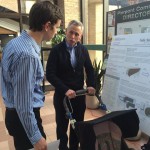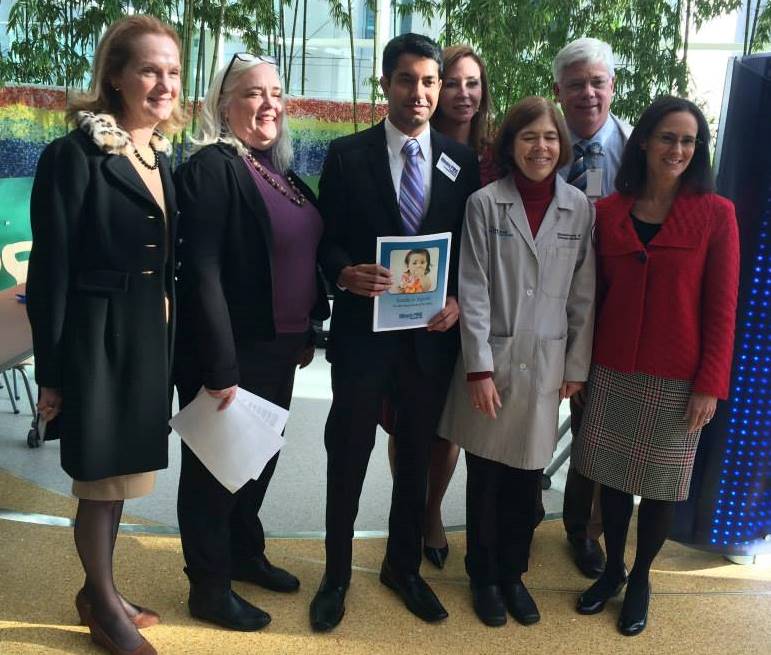 Did you know that 25% of the 5,160 people who experience microwave-related burns annually are children under the age of 36 months? In fact, children often can easily open a microwave door and remove the bowl, putting them at risk for spilling scalding hot liquid on themselves. Student engineers at Northwestern and University of Michigan were not aware either until KID posed this question: How can we make microwaves functional for older users, but safe for children? These innovative students came up with several ideas, such as childproof latches, vertical opening doors, and even spill-proof bowls that prevent hot liquid from scalding children.
Did you know that 25% of the 5,160 people who experience microwave-related burns annually are children under the age of 36 months? In fact, children often can easily open a microwave door and remove the bowl, putting them at risk for spilling scalding hot liquid on themselves. Student engineers at Northwestern and University of Michigan were not aware either until KID posed this question: How can we make microwaves functional for older users, but safe for children? These innovative students came up with several ideas, such as childproof latches, vertical opening doors, and even spill-proof bowls that prevent hot liquid from scalding children.
These students were part of KID’s Teaching Early Safety Testing (TEST) program, which promotes children’s product safety, standards, and testing practices in engineering curricula. TEST provides young engineers and designers with the resources and materials they need to integrate safety into all their designs. TEST helps manufacturers and testing laboratories to find qualified students familiar with product safety and testing.
Other student projects included: strap covers and headrests to prevent asphyxiation in infant carriers; collapsible handle bars to prevent parents from hanging bags on a stroller causing it to tip; and relocation of the canopy on a stroller to prevent areas of possible fingertip amputation.
TEST participants learned of the extensive efforts that go into designing a truly safe product. Marissa Elwart, a University of Michigan participant, summed up a takeaway many participants experienced: that safe product design takes time and effort. “Once we thought we fixed one problem with safety, we had to consider if we created another safety hazard,” she said. Connor Lanman, another University of Michigan participant, echoed, “If our work leads to protecting even one child, it was well worth the time and effort.”
“These bright young engineers did a wonderful job to help make products safer for kids and protect them from serious injury,” stated KID board member Dr. Kyran Quinlan who has done research on microwave scald burns. “I was thrilled to see the prototype of the microwave with a door mechanism that is easy for parents, but would keep a young child from opening. Hundreds of young children are treated in our emergency rooms each year for severe burns suffered when the child opens a microwave and spills the scalding hot product, often noodle soup, on themselves. This is a simple engineering fix that will truly protect young children from a burn with lifelong consequences.”
Kids in Danger hopes that the engineers of tomorrow advocate for children’s product safety in their designs, despite the extra time and effort it may demand of manufacturers, which is why KID is proud of all of its TEST participants.
For more information on the TEST program or to inquire about incorporating it in your classroom, contact Kids in Danger.


